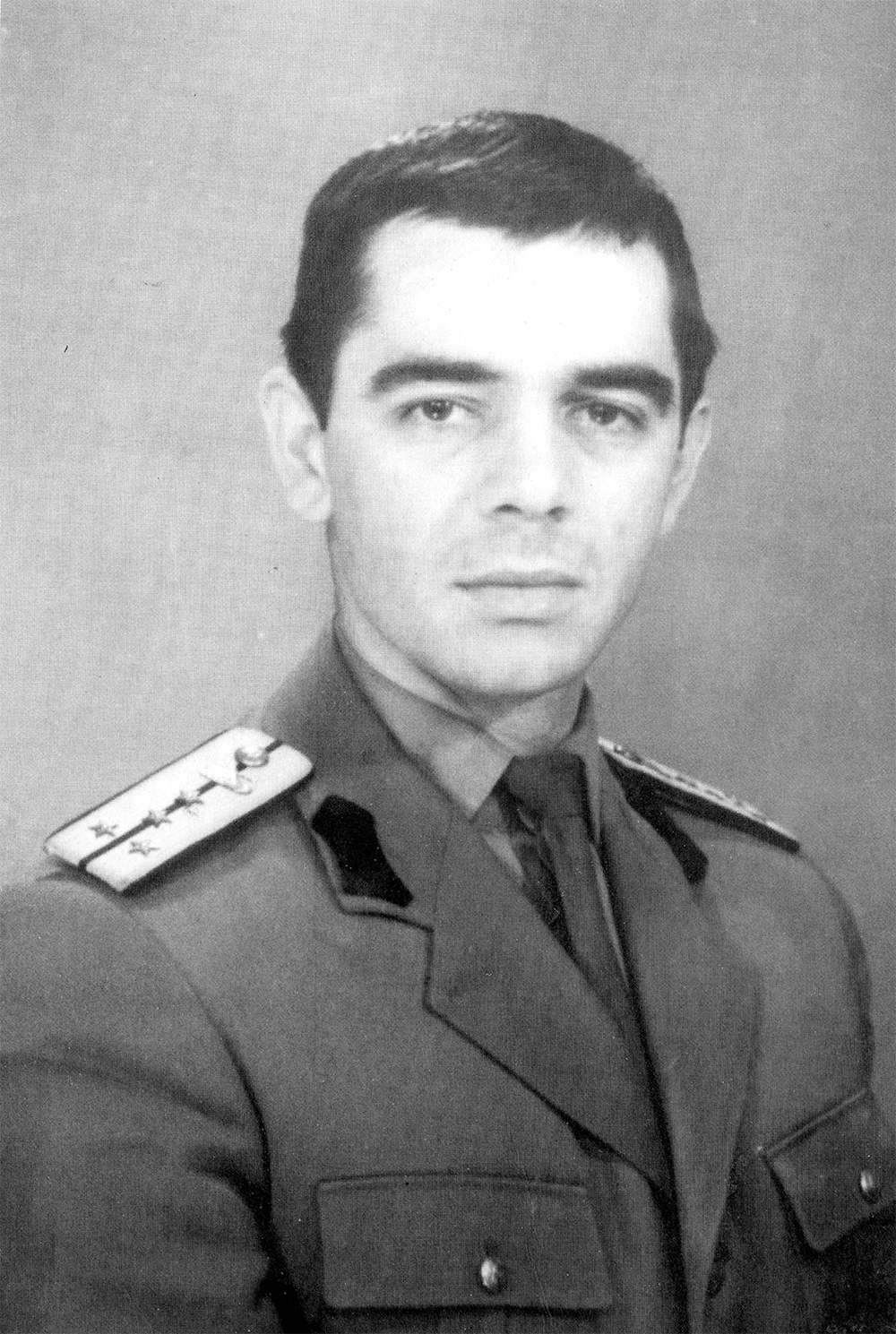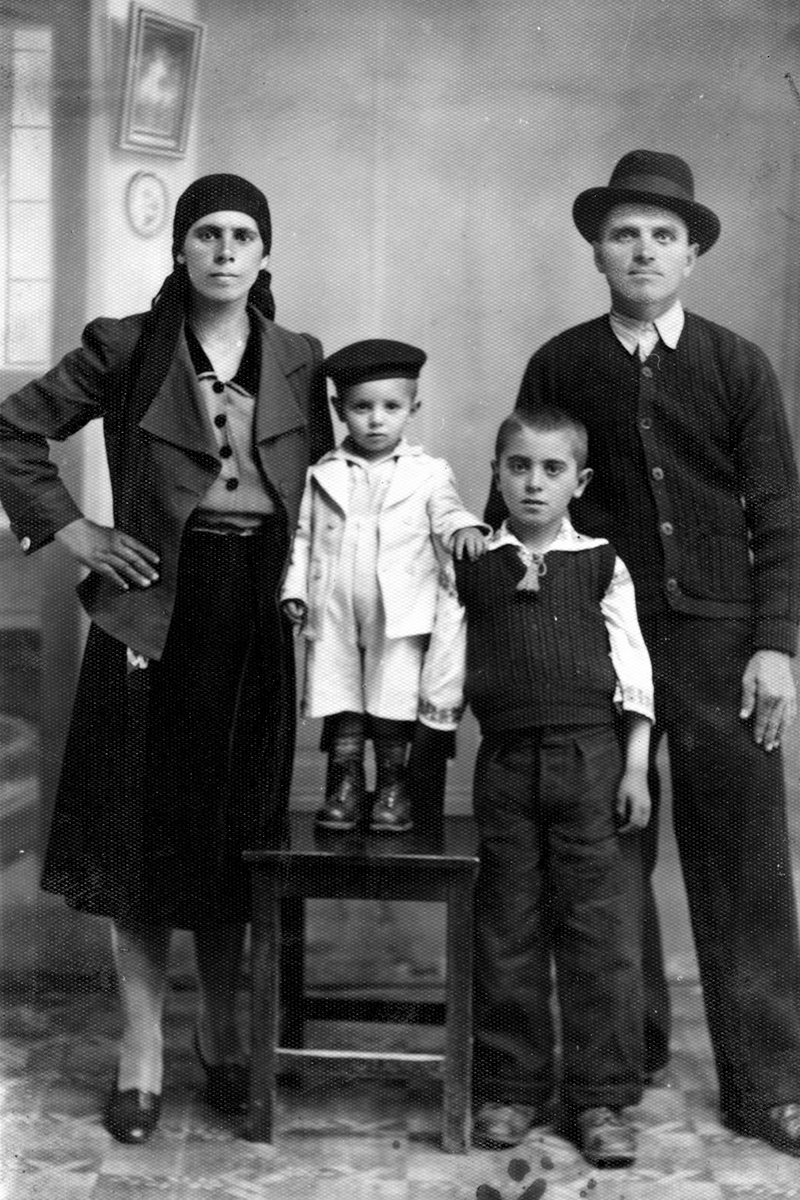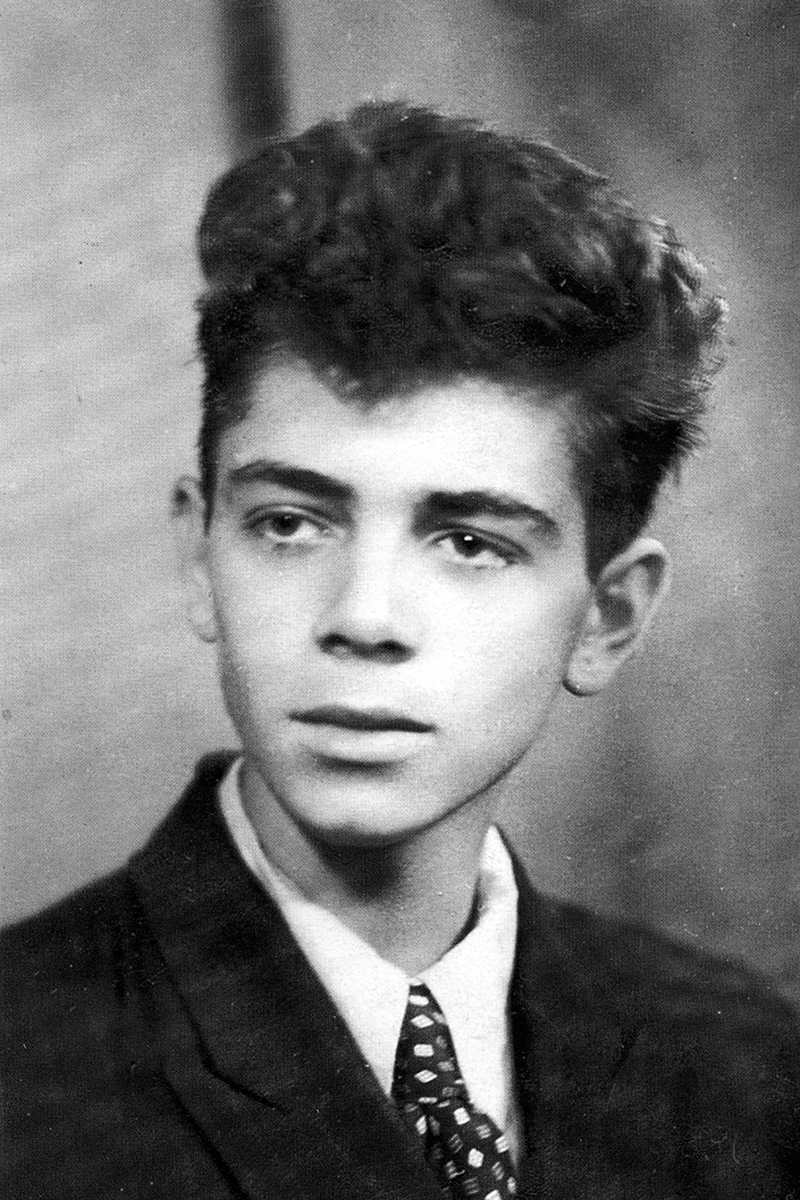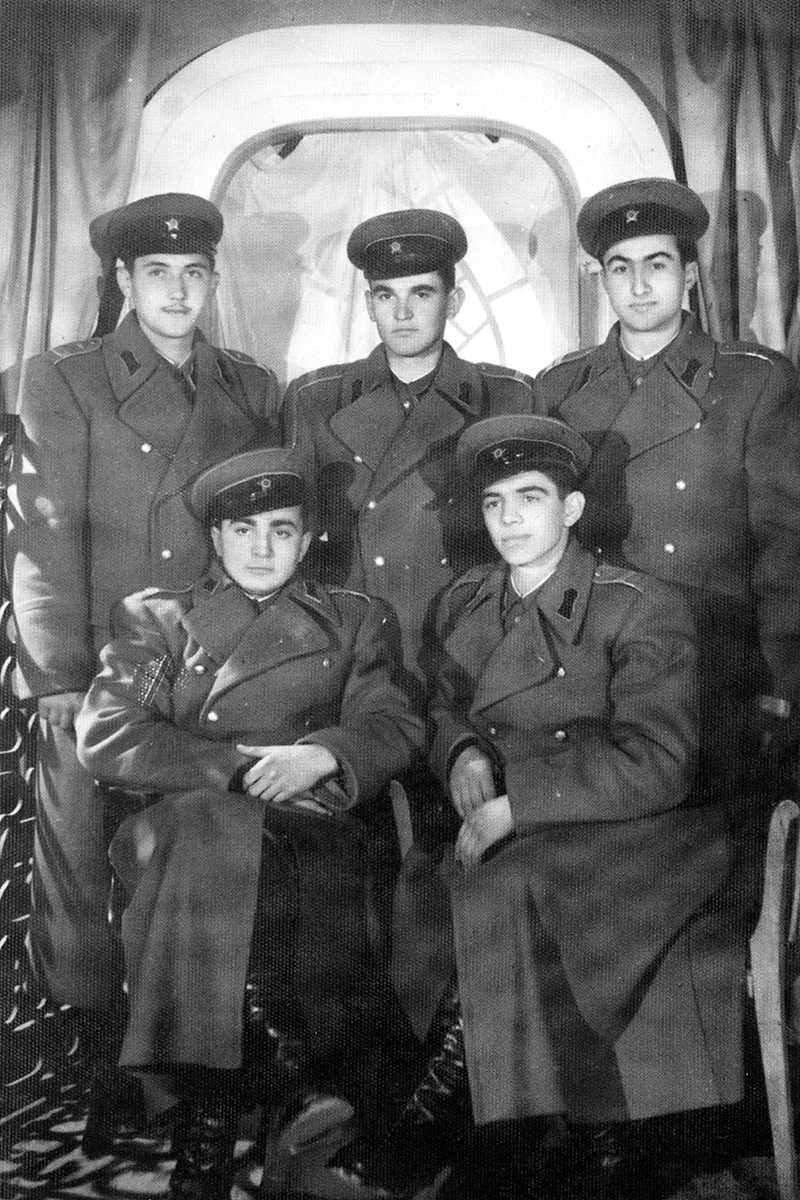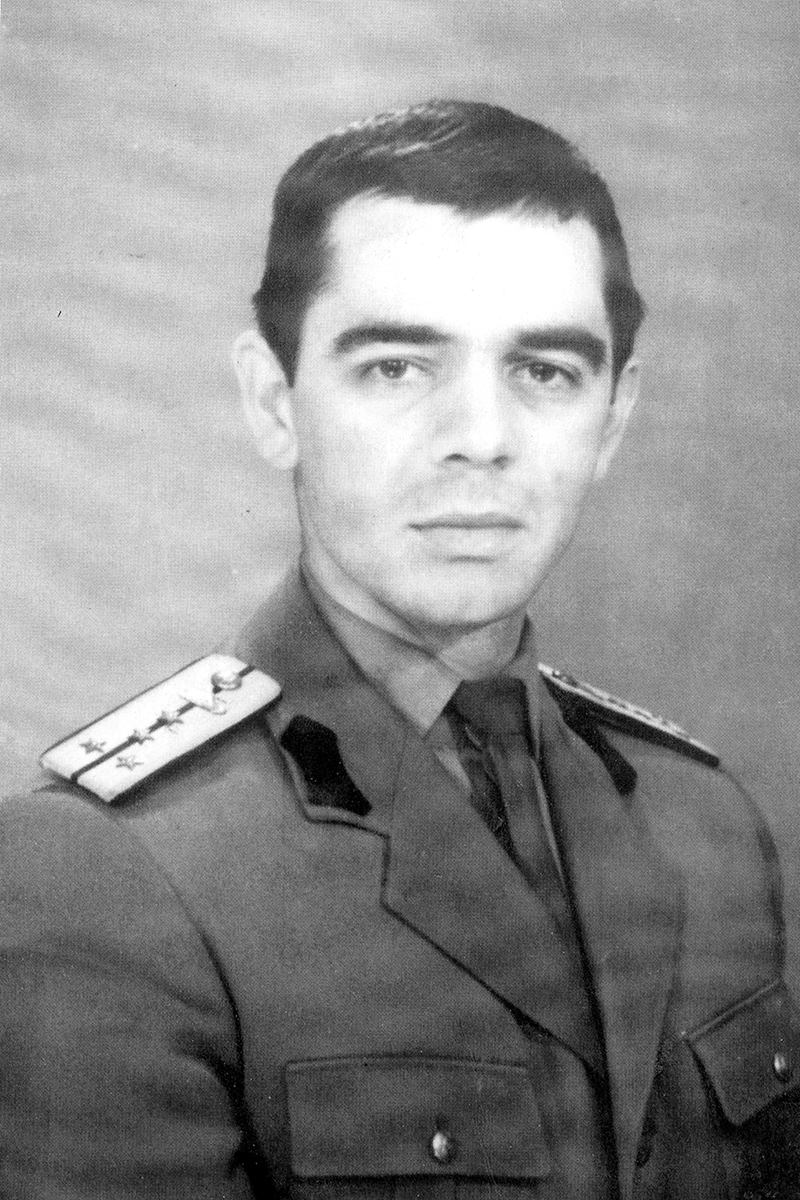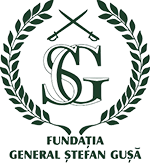In the summer of 1960, after graduating as promotion head of the tanks and army class, he was awarded the rank of lieutenant and he was appointed as tanks platoon 2 commander in the company of the 4th Tank and Auto cannons Regiment 68.
His military and educational qualities helped him to be, right from the beginning, an excellent instructor. Therefore, between June 15th, 1961 and September 6th, 1966, he served as platoon and company commander to the Superior Military School for Tanks and Auto Officers in Pitesti. This period was marked by remarkable results, the squad trained by Lieutenant Gusa was nominated the first subunit of eminent students within the Army. In December 30th, 1963 he was promoted major lieutenant and only two years after, in December 30th, 1965, he was exceptionally promoted to the rank of captain.
Between 1966 and 1972, he attended the General Military Academy, Department of Tanks and Auto from the Military Technical Faculty, where being remarked as a good student – among others – as a scientific researcher, he remarked himself by studying how amphibian, armored vehicles can float. In December 30th, 1971 he was promoted to the rank of major. In recognition of his qualities, after graduation, he was named assistant at the Engineering Department and Auto Tank and he held this position from March to October 1972. The outstanding attitudes he demonstrated during his command led to his appointment as commander of the Tank Regiment 6 “Ion Buteanu “, from Turda garrison, in October 7, 1972.
He had the command of the regiment until August 13th, 1976, with a little interruption, between December 1st, 1975 and May 31st, 1976, when he attended a post academic training on the army division.
His performance to the Tank Regiment 6 brought a new exceptional advancement to the rank of lieutenant colonel in August 23rd, 1974. In August 13th, 1976 he was called the head of staff of the Tank Division 6 “Horia, Closca and Crisan”. On August 23rd, 1979, he was promoted to colonel engineer, again before the expiration of the internship grade.
Although, the new position was very demanding, Stefan Gusa did not neglect the professional training and in August 1st and November 30th, 1978 he attended a training on organization-mobilization.
In August 23rd, 1984 he was named Major General (general of brigade), and later, in September 25th, 1986, he was promoted as First Deputy Minister of National Defense and Chief of General Staff.
The upward course of his military career, solely determined by his skills and the outstanding results obtained in the functions he held, is continued by his appointment, on November 10th, 1981, as a commander of the Tank Division 6 “Horia, Closca and Crisan” whose chief of staff he had been for six years.
He attended the superior post academic course from September 15th,1982 to July 14th, 1983.
The events of December 1989 found General Stefan Gusa in the position of Chief of General Staff. At that time, his activity was marked by three moments that have defined him as a great patriot.
Seeing the magnitude of events in Timisoara and their character – others than stated in official releases – he ordered not to fire on demonstrators, and after the visit to a large company from Timisoara, the workers who heard him speaking, launched the slogan “The Army is with us “, then used throughout the country. Back in Bucharest, because General Vasile Milea disappeared, he also took over the prerogatives from the Minister of National Defense, he ordered to the military troops to return to barracks and then to defend the state institutions that ranged on the side of the revolution. He also clearly stated that in order to defend the national independence and sovereignty, he is totally against the entry of any foreign troops inside our country territory.
In December 28th, 1989 he was dismissed from the position of Chief of General Staff and appointed Chief of Staff (and first deputy commander) at the 4th Army. Soon alter that, in February 26th, 1990 he was appointed commander of the 2nd Army, whose headquarters was deployed in Buzau.
In March 28th, 1994, by the time he was the commander of the 2nd Army, he died after a ruthless disease that ended an outstanding military career and abridged the Romanian Army of one illustrious representative.
